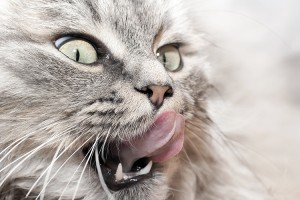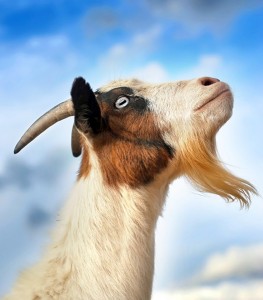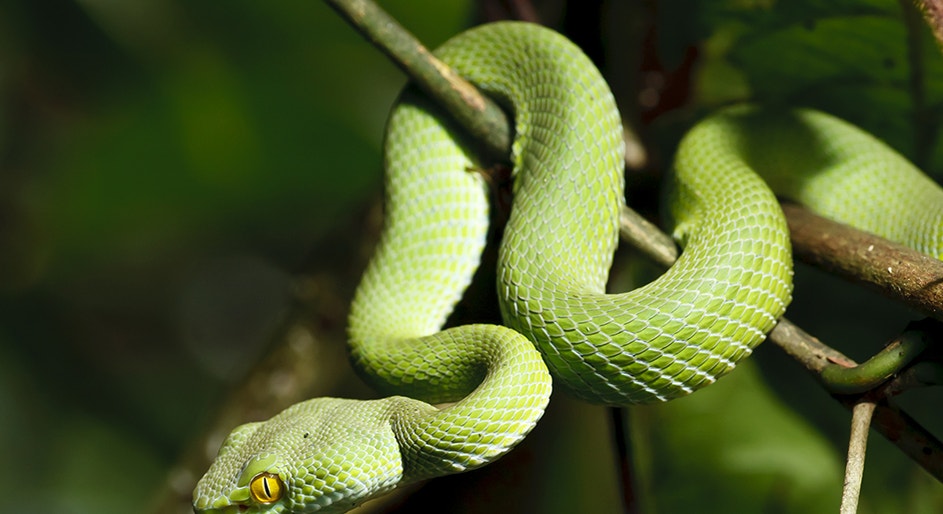The Eye of the Tiger…

In daylight, the pupil of a domestic cat is a vertical slit. Such pupils help small predators to accurately judge distances when they ambush prey. Credit: © Telekhovskyi/Shutterstock

Goats have horizontal pupils that help them to scan a large area for predators. Credit: © Neil Lockhart, Shutterstock
August 18, 2015
An old saying claims that the eyes are the window to the soul. But a team of scientists from the University of California at Berkeley and the University of Durham in the United Kingdom have discovered that an animal’s eyes reveal something more. They found that the shape of an animal’s eyes, specifically the dark opening called the pupil, relates to the animal’s ecological role—that is, whether it is a predator or prey animal.
If you look closely at the eyes of a fox or a domestic cat, you will see that the pupils are in the shape of a vertical (up and down) slit in daylight. But a tiger has round pupils—as do lions, wolves, and other larger predators. In contrast, the eyes of many grazing animals—such prey animals as goats, horses, and sheep—usually have pupils that are horizontal (side to side). The scientists suspected that the shape of an animal’s pupils had something to do with the animal’s lifestyle.
The scientists examined they eyes and the shape of the pupils in 214 species of land vertebrates (animals with backbones). The animals studied included predators as varied as snakes, hyenas, and mongooses. The scientists examined the eyes of all members of the cat and dog families, too. Herbivores (plant-eating animals) examined included domestic goats, horses, and sheep; as well as wild species of antelopes, rhinoceroses, and tapirs.

Snakes have vertical pupils as well. Shutterstock
The scientists found that animals that have a vertical pupil were mostly “nocturnal (active at night) ambush predators.” These hunters wait motionless until an animal comes close and then spring upon their prey suddenly. Ambush predators must accurately judge the distance to their prey, and the vertical pupil aids in doing that. “For species that are active both night and day, like domestic cats, slit pupils provide the dynamic range needed to help them see in dim light yet not get blinded by the midday sun,” explained Martin Banks, a scientist who led the study.
But hunting style alone does not dictate eye shape. The scientists found that only small-bodied predators, measuring less than 16.5 inches (42 centimeters) from foot to shoulder, typically had vertical pupils. Larger predators typically had round pupils. Many of these predators, such as wolves and lions, hunt by sight and chase down their prey.
Among the prey animals, horizontal pupils were common, with eyes on the side of the head. Of 42 herbivorous prey animals in the study, 36 had horizontal pupils. Eyes at the side and horizontal pupils give grazing animals a wide field of vision, so they can lookout for predators in all directions.


